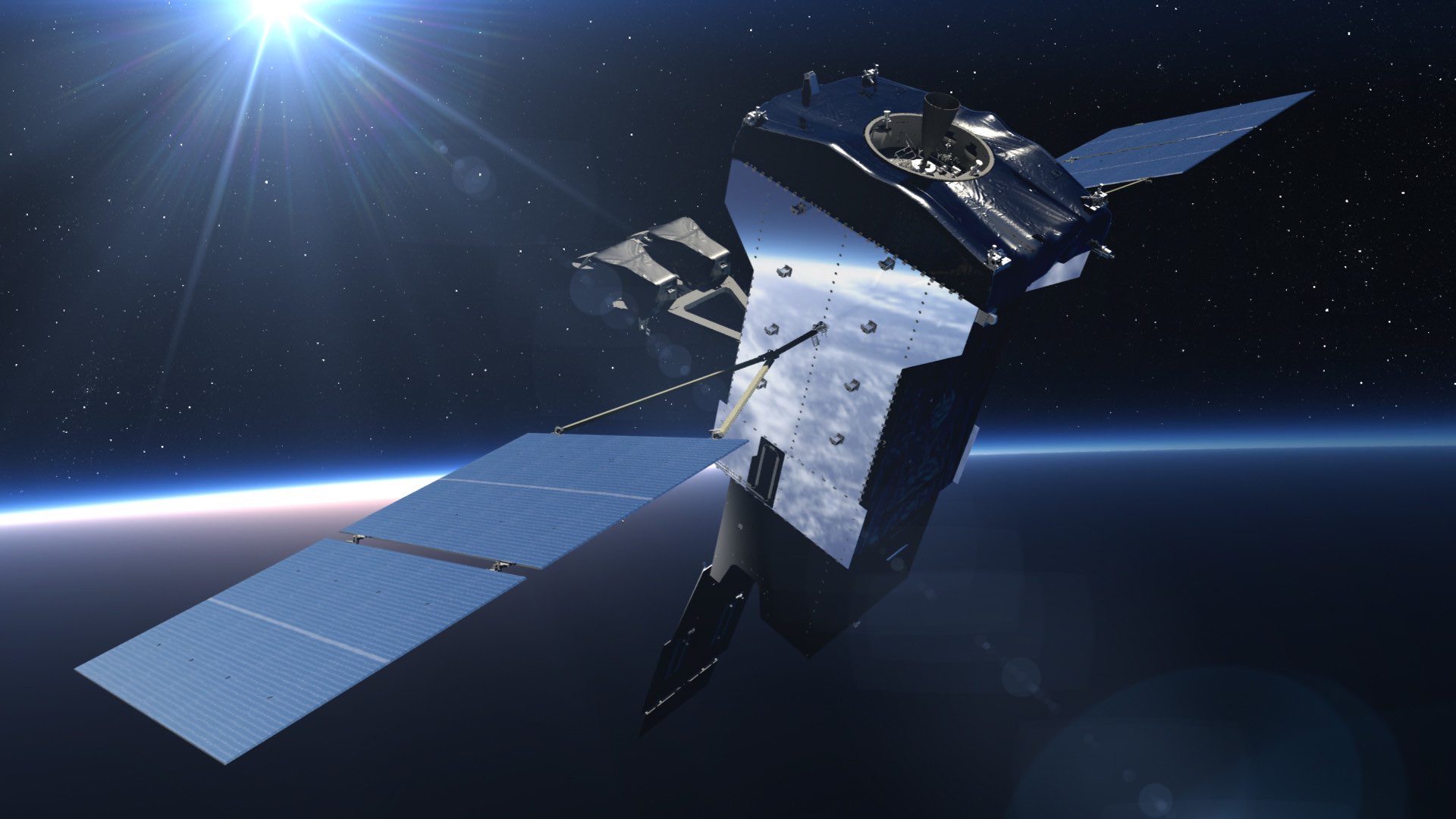Rep. Jim Cooper worries that Space Force acquisitions are headed down a similar path as past Air Force programs
WASHINGTON — The U.S. Space Force has plans to acquire billions of dollars worth of new satellites over the coming years and needs to make sure it avoids the missteps that plagued previous acquisitions, said the Government Accountability Office.
With several new satellite systems now in development, “DoD has the opportunity to improve how it delivers new capabilities,” said Jon Ludwigson, GAO’s director of contracting and national security acquisition.
Ludwigson spoke May 24 during a virtual hearing of the House Armed Services Committee’s subcommittee on strategic forces. The congressional watchdog agency for decades has found fault in the management and performance of DoD space programs.
Also testifying were John Hill, acting assistant secretary of defense for space policy; Gen David Thompson, Space Force vice chief of space operations; Christopher Scolese, director of the National Reconnaissance Office; and Maj. Gen. Charles Cleveland, associate director of the National Geospatial Intelligence Agency.
Subcommittee chairman Rep. Jim Cooper (D-Tenn.), said he convened the hearing due to concerns that Space Force acquisitions are headed down a similar path as past Air Force space programs that ended up costing far more than predicted and failed to incorporate innovative technologies from the private sector.
“While I have optimism, I also am faced with the reality that some recent decisions look to be ‘more of the same’ and across the space acquisition community there is reticence to any change,” Cooper said.
Cooper was especially critical of DoD’s failure to consolidate space agencies that are involved in acquisitions, which was one of the reasons Congress sought to create a Space Force.
Cooper also questioned the Space Force’s new missile warning satellites known as Next-Generation Overhead Persistent Infrared that will replace the Space Based Infrared System (SBIRS). The SBIRS satellites were singled out by vice chairman of the Joint Chiefs of Staff Gen. John Hyten for being too big and expensive, making them attractive targets of enemies’ anti-satellite weapons.
“While we have come a long way since 2019, there is much work to do,” Cooper said, “whether it be the Next Generation OPIR program that will continue to put — as General Hyten would say — ‘big juicy targets’ into orbit, the seeming reluctance to fully embrace commercial satellite imagery solutions, or modest org chart changes to the largest space acquisition organization within the Department of Defense.”
The Space Force now has an “opportunity to make real change to an acquisition culture that has been mired in cost overruns, schedule delays, and delivery of systems that are not adequately protected to survive the environment they will have to operate,” said Cooper.
Ludwigson said the Space Force deserved credit for trying some new approaches to acquisitions, such as rapid prototyping of satellites, which allows the government to adjust requirements and incorporate the latest technologies before systems go into production.
Too many space organizations
GAO raised eyebrows on Capitol Hill in 2016 with a report that identified 60 organizations with some type of oversight in national security space programs in DoD, the Executive Office of the President, the intelligence community and civilian agencies.
Ludwigson said in response to Cooper’s questions that Space Force has streamlined some of those organization but GAO is still trying to figure out the exact number of organizations that are involved in national security space.
He noted that while DoD consolidated some organizations under the Space Force, it also created others like the Space Development Agency and the Space Rapid Capabilities Office, both tasked with quickly developing new systems.
Even if agencies stay independent from the Space Force, said Ludwigson, ’it’s going to be important for the entities to coordinate their activities” because space systems have to be connected to one other to be effective.
In his testimony, Ludwigson listed several concerns:
- Despite having satellites capable of broadcasting a jam-resistant GPS signal since 2005, DoD is still years away from widespread use of that capability because the user equipment is not available.
- We face important questions about how to mitigate the risks to current space systems, recapitalize our existing capabilities and potentially add new ones.
- SBIRS grew 260% from its original cost estimate and the launch of the first satellite was nearly nine years later than projected.
- The cost of the GPS Next Generation Operational Control System — a command and control system for the newest GPS satellites — have increased by 73% and it’s five years behind schedule.
The Space Force is now embarking on several big-ticket programs including:
- Evolved Strategic SATCOM for protected satellite communications. Estimated cost: $1.4 billion
- Future Operationally Resilient Ground Evolution (FORGE) ground control for Next Generation Overhead Persistent Infrared satellites. Estimated cost: $3 billion
- Next Generation OPIR Block 0 missile warning, infrared intelligence, surveillance, and reconnaissance satellites. Estimated cost: $8.4 billion
- Protected Tactical SATCOM secure communications satellites. Estimated cost: $1 billion
“It’s not a given that DoD will repeat past mistakes,” said Ludwigson. “We have identified and shared leading practices to improve acquisition outcomes including building strong oversight into programs using data, empowering program managers to make decisions but holding them accountable.”
